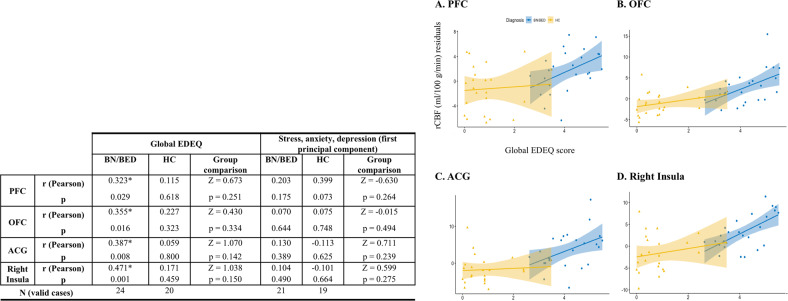Fig. 3. Increases in resting regional cerebral blood flow (rCBF) in the brain of BN/BED patients correlate positively with eating disorder symptom severity.
Left panel: partial Pearson correlations between mean rCBF in each of the four anatomical regions-of-interest where we found significant differences between the BN/BED and healthy groups, and clinical symptomatology. We used the global EDEQ scores as a measure of eating disorder symptom severity and the first principal component of the anxiety, stress and depression scores. Partial Pearson correlations were calculated with bootstrapping (1000 samples) adjusting for global CBF and BMI, separately for controls and patients. In the last columns of each sub-section, we present the result of the statistical comparison of the correlations between the two groups, as assessed by Fisher’s r-to-z transformation. Right panel, we present scatter plots depicting the relationship between mean rCBF (marginal scores after regressing out the effects of global CBF and BMI in the y-axis) and global EDEQ scores (in the x-axis) in each region-of-interest. Statistical significance was set to p < 0.05 and is highlighted with the symbol *. PFC medial prefrontal cortex, OFC orbitofrontal cortex; ACG anterior cingulate gyrus.

